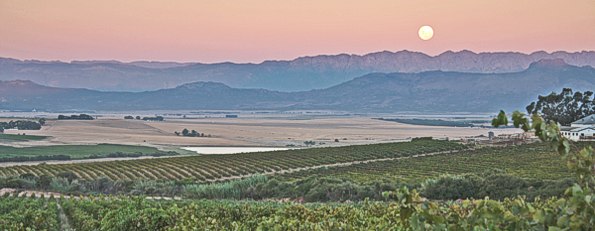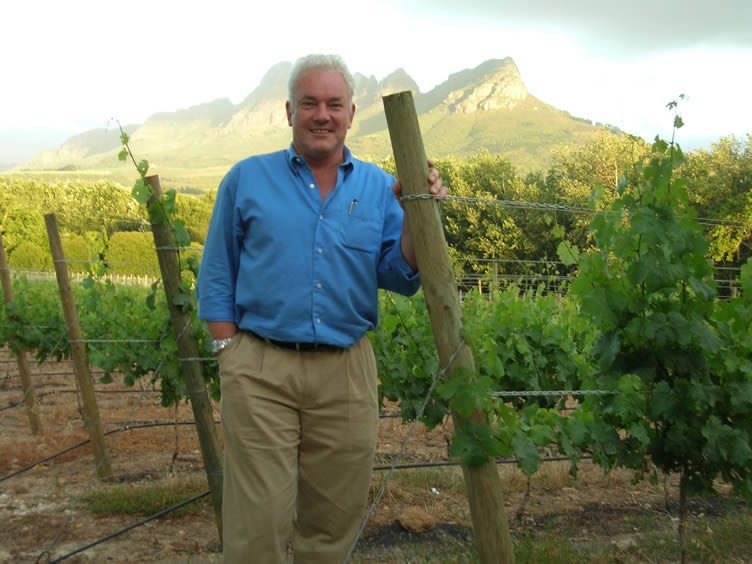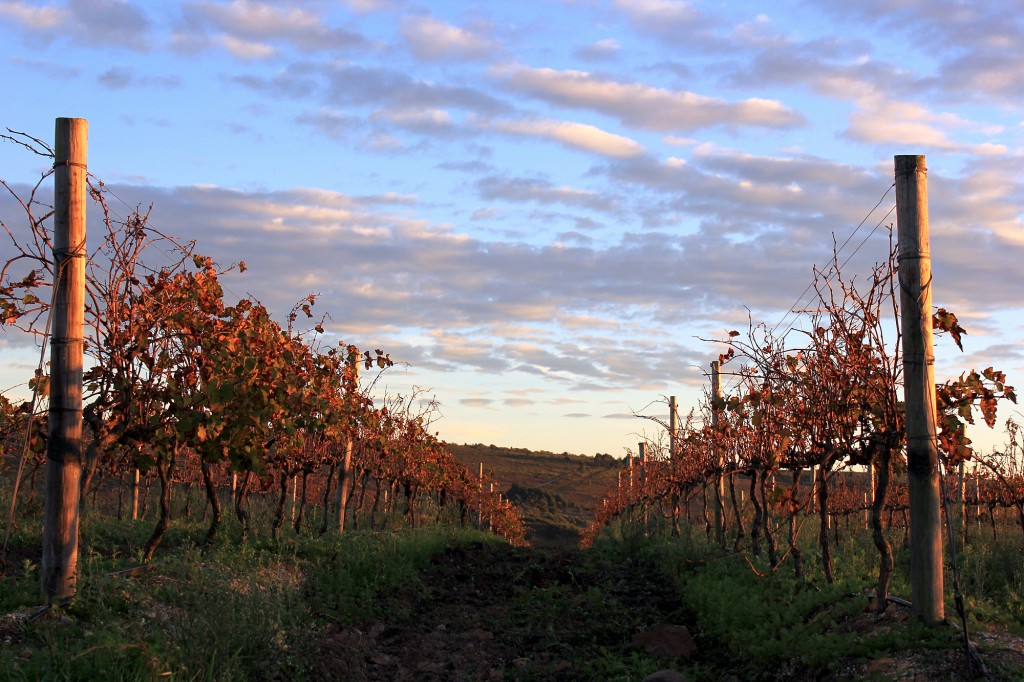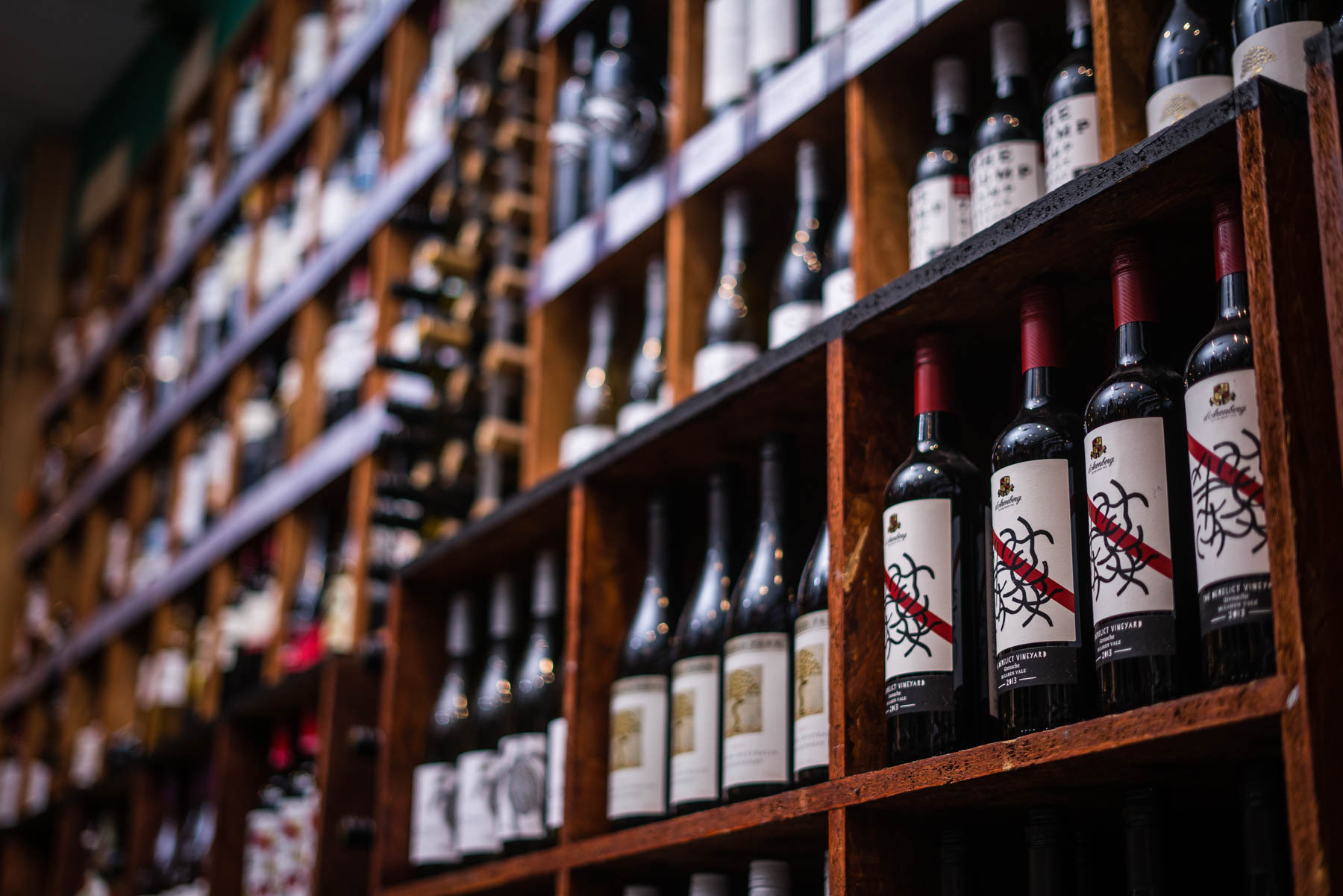South African Wines - Rising Stars
Laura on 30 Sep 2014
BY ANGELA MOUNT
There’s a lot changing on the wine scene at the moment and South Africa is currently one of the most exciting countries in terms of new ideas and new styles of wine; no limits, no boundaries, it’s a voyage of exploration. Sales of South African wines have rocketed in the last ten years, and are currently on the sprint track of the international market. Wines from the Cape now hold the number 5 position in terms of UK sales, ahead of Chile. The days when South Africa focused almost entirely on its national grapes Pinotage and Chenin Blanc are long gone, although these two important varietals still occupy a position of uniqueness and difference amidst the sea of international grape varieties that dominate the shelves. The diversity of the wines coming out of South Africa is what is making this country so exciting to wine lovers at the moment, with a myriad of different styles from Shiraz and Bordeaux blends, to cool climate Sauvignon Blanc and elegant Chardonnay.
As I’ve found out, there are great individuals and personalities behind some of the Cape’s best wines, who are passionate about their vineyards and pushing for the very best quality. They seem imbued with an infectious enthusiasm to drive the boundaries, and create magic; no rules, just go for gold and mix it up in terms of styles, trends and flavours.

It’s easy to think that the winelands of South Africa will be similar in style, climate and topography across the region as they are all grouped within easy access of Cape Town, but it’s actually a very different picture. The well-established wine areas of Stellenbosch and Paarl are situated about an hour away from the city and both enjoy a beautifully tempered climate. The wine writers’ current favourite hotspot of Swartland lies about 50km north in a dry, hot part of the country – baking heat and relatively little rain. At the opposite end of the scale you can then find Elim, the most southern of all South African wine districts, close to Cape Agulhas and the Atlantic Ocean. This is arguably the coldest area, which is a good 2 to 3 hour drive and 170km away. On a recent visit to the Cape in July (their midwinter) in the same day I enjoyed a sunny alfresco lunch in Paarl bathed in warm sunshine, followed by icy winds and freezing cold temperatures far south near Cape Agulhas. It’s all about scale. And this of course, reflects in the wines.
With new regions springing up and a real diversity of styles, it’s time to start thinking of South African wine regions in the same way that we do about France, Italy or Spain, and associate with the differences in style. Visitors to the ocean-swept coast of Galicia in north west Spain know how different the climate is from the sun-baked plains of the southern regions, and therefore the wines will be very different - It’s no different in the Cape.

The South African wine industry is also full of characters, who add yet another layer of interest to the story of the wines. Firmly established in the Great Western Wine portfolio are several ranges from the well-established region of Stellenbosch, which produces some of the top wines in the country. Famous for its world-beating, rich and powerful Cabernet Sauvignon, Pinotage and Merlot reds together with warm, smooth and fruit-filled whites such as Chenin Blanc and Chardonnay. Charismatic winery and vineyard owner Ken Forrester, known as ‘the King of Chenin’ continually produces sassy, bold, and intriguing wines from his farm in the Stellenbosch region, including the apricot-scented, mouth-tingling, fresh yet opulent Ken Forrester Chenin Blanc 2013, and one of my favourites, the Rhone inspired wild and riotously rich red called Ken Forrester Renegade.
Nestled in a tranquil hollow, created by the imperious hills which rise above and protect it, is Devon Valley. This is a small but exquisitely beautiful area, where ex-journalist turned respected winemaker Martin Meinert started to create his own magic in 1997, having spent previous years making wines for world-renowned Vergelegen winery and his friend Ken Forrester. He focused on growing black grapes and producing just 4 rich but elegant red wines including the sumptuous and textured Bordeaux style blend, Meinert Synchronicity, as well as the absolutely joyful and berry-fruit infused Meinert Printers Ink Pinotage, which could convert even the most hardened of the ‘anti-Pinotage’ brigade with its seductive and rich, yet velvety fruitiness.
Martin has since launched a white wine in honour of his wife, who doesn't drink red wine. He’s called it La Barry Sauvignon Blanc, but very wisely he buys and brings in the delicate, often temperamental Sauvignon Blanc grapes from the much cooler, up and coming area of Elgin, which is closer to the ocean and benefits from a far cooler climate. Elgin is now one of the most respected ‘cool climate’ regions, delivering aromatic whites of incredible intensity and vivacity, and elegant, aromatic, and perfumed reds.
Staying with the cooler climate theme, the Great Western Wine voyage of discovery into South African wines then heads south to the wind-battered vineyards of Strandveld, an old sheep farm which released its first vintage only 9 years ago and is based in Elim, just 11km away from the cold and unforgiving Atlantic Ocean. This region can be severe in terms of its weather, and very mercurial. It can have beautiful, balmy warmth and sunshine, but in the South African midsummer the weather isn't too far removed from the worst of a British June/July. Winters are cold, but all of this helps to produce superb, fresh, and nervy wines, particularly Sauvignon Blanc and Pinot Noir - grapes that are at their best in the colder, northern parts of their homeland France. Good options to start exploring these wines are the racy Strandveld First Sighting Sauvignon Blanc with its stripped back, zesty, tongue-tingling liveliness, along with the gentle, soft, leafy and feminine charm of the Strandveld First Sighting Pinot Noir.

South African wine is exciting – and varied. Now is a great time to start to explore its uniqueness and diversity.

